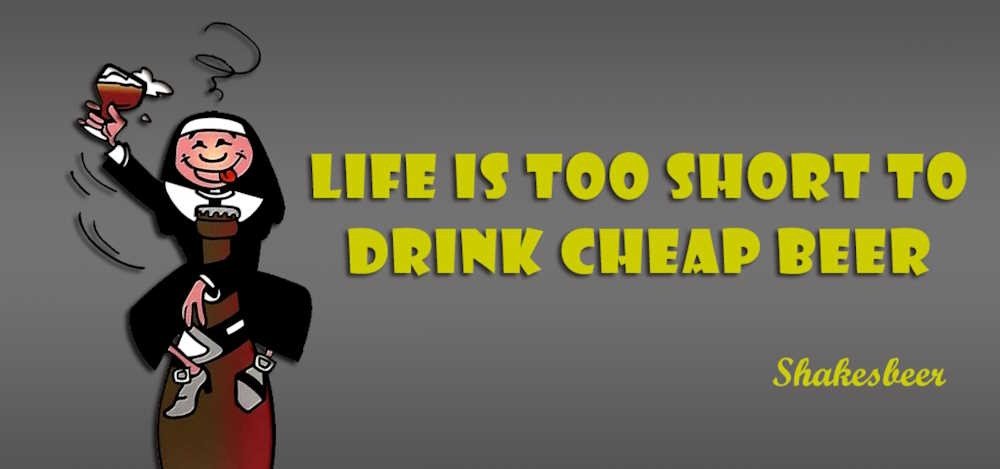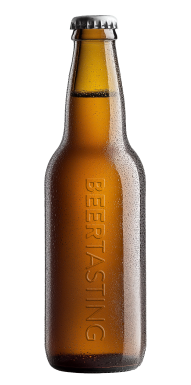Description
We are proud to be the first beer shop in the world and serving all the beer enthusiasts since 1981and creating the first worldwide online beer shop since 1997.
This is still the same Beer Mania as before, only we have a new look and layout, we hope you find it easier to get around and find what you want. Please feel free to drop us a mail and tell us what you think.
Some say it was born some 5,000 years ago in Summer. Others tend to speak of Babylon, Kurdistan, Iraq... Whatever the case, one thing is sure: in the land of Tintin, beer is really and truly at home.
Like true fanatics, the Belgians brew specific beers for any occasion : a beer for Easter, a beer for Christmas, one for the turn of the century... it’s always a part of the act at celebrations be they large or small!
What village hasn’t given its name to a newly born child, to a new variety? While breweries multiply and increase their lines, beer endlessly creates new varieties: an aroma is added here, while honey is added there, or a fruit, a spice... But do you know how many beers exist in Belgium? There are beers of every single colour! Every single taste! Did you know for example that there are three kinds of fermentation?
1. Beer with a low fermentation, low in alcohol (max 5%), with a dry, bitter taste (pils type). It is usually blond.
2. Beer with a high fermentation, high in alcohol (max. 12%), sweet, bitter or with a honey taste. It can be blonde, dark, pale or cloudy (white).
3. Beer with spontaneous fermentation is normally brewed in Brussels. To make it, the wort must mature over several years (maximum 3) in oak barrels to get it into contact with "brettanomyce". This famous bacteria is developed exclusively in the Brussels region, near the Senne valley, and allows the beer to ferment spontaneously. After maturing for a year, the wort becomes "Lambic", and if you combine the wort of three different ages, you end up with gueuze. Just add cherries, and you have Kriek! That’s unless you prefer raspberries!
Belgium is also the country of the trappist monks. Five beers are brewed in the monasteries by the Trappist Fathers. The abbeys also produce beer. The abbey of Corsendonk for example, the most famous, has been carrying on this fabulous activity in Oud-Turn-hout since the Middle Ages (1398). Unfortunately, in 1784, the Emperor of Austria, Joseph II, ordered the closure of the priory as well as the brewery. But a century later (1906), Antonius Keersmaekers started the tradition of brewing beer once more. Today, you can taste Corsendonk Pater, dark and bitter, with a high fermentation, a fruity bouquet and a hint of malt. Or else Corsendonk Angus, a fine powerful blond beer with a high fermentation... for those who prefer an aromatic bouquet with a taste of hops. Nine million bottles sold in 1990... what more can you say? With its 9,865,000 inhabitants, 126 breweries, a production of 12,987,000 hectoliters and an average consumption of 122 litres of beer per person each year, Belgium is the only country in the world which produces such an astonishing array of specialty beers appreciated by beer lovers who come from worldwide.
A few words of advice:
To accompany beers with a low fermentation, choose a solid type of cheese.
For beers with a high fermentation, serve a soft or older, hard cheese.
For beers with spontaneous fermentation, toast with a spicy soft cheese is always appreciated.
And for abbey beers, you naturally go for abbey cheeses!
Don’t you think it a little bit odd, gold you can drink?




